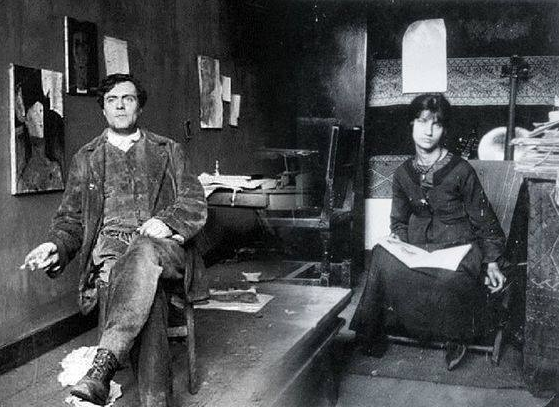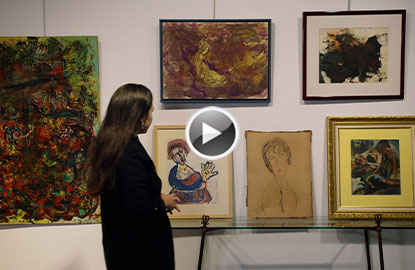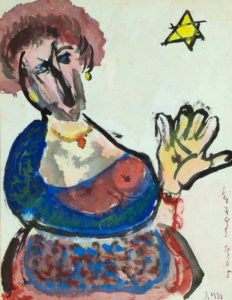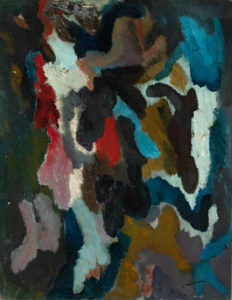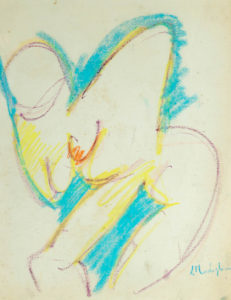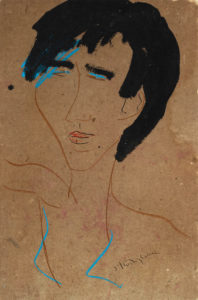Jeanne Modigliani: the weight of a surname.
Throughout the history of art there have been many artists who, after their death, have been raised to the category of myth. In this sense, Amadeo Modigliani represents the archetype of a bohemian artist with a tormented life, whose early death only increased his legend until he became one of the most sought-after artists, as well as forged artists of all time. The long shadow of what was one of the great misunderstood of the avant-garde period, played a decisive role in the vital and artistic career of his only daughter, Jeanne Modigliani.
Despite being recognized for her work as an essayist and biographer of her father, from Setdart we look back at her facet as a painter in a monographic auction dedicated, entirely and for the first time, to her pictorial work. The collection, made up of more than 30 canvases and watercolors, allows us to discover the plastic language with which Jeanne gave birth to an artistic personality that runs inextricably from her biography.
Born in Nice in 1918, Jeane Modigliani managed to survive a childhood marked by tragedy that would drastically change the course of her life. After the death of his father, who died at 36 years of tuberculosis after two days wandering through the alleys of Montparnass, his mother, the also painter Jeanne Hebuterne, then 9 months pregnant, decided to end her life at 21 years of age. , throwing himself off the balcony of his parents’ home. The death of the former muse and great love of Modigliani left Jeanne an orphan, who was admitted to an institution in charge of her care and adopted by her paternal aunt with only 14 months of life. This dramatic event forever conditioned a young woman who, since she could remember, has devoted her life to documenting and reconstructing the life and work of a father, whom she could hardly meet.
Regarding her work, Jeanne will develop the bulk of her production in a style close to abstract expressionism. In accordance with her precepts, the creative act becomes a kind of cathartic rite where the artist, based on purely pictorial expressive values, casts her most intimate self on the canvas. Both in her variegated and chaotic compositions subjected to the gestures of a frenzied stroke and in those more relaxed, where stain and color spread in harmony on the surface, Jeanne eliminates the traditionally established borders between painting and painter to express, with total sincerity and freedom, the deepest states of the soul.
However, far from limiting herself to pure abstraction, Jeanne will create a part of her work within the figurative tradition. In portraits such as the one we present here, he brings to life characteristic faces with simple lines and elongated features from which the archaic purity of African art emerges. Without a doubt, these works represent a heartfelt tribute to his father and to the unmistakable style that, as a free verse within the all-powerful avant-gardes, he created under his own dictates.
The drama that flies over the last name Modigliani, once again shook the artistic world with the sudden death of Jeane in 1984, just two days after the controversy erupted around the dubious attribution of the sculptures found near the studio that Modigliani had. in Livorno, his hometown. Finally, the supposed find in the moat near the river where it was said that the artist threw those works that he denied, has gone down in history as one of the most scandalous scams that are remembered in the art world
Jeanne, who until her last days struggled to reestablish her father’s artistic legacy, died without seeing how, thanks to her work, many of the false Modiglianis that have flooded the artistic circle for years, will never be exhibited again under the authorship of the one who was nicknamed. like the cursed prince of Montparnasse.

